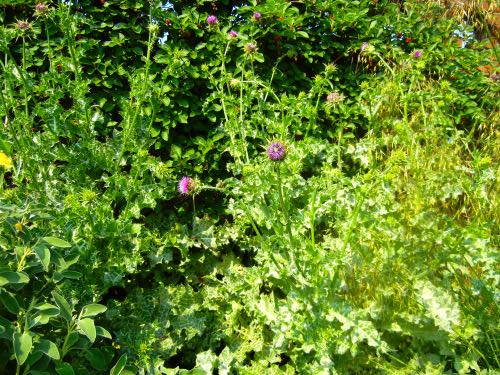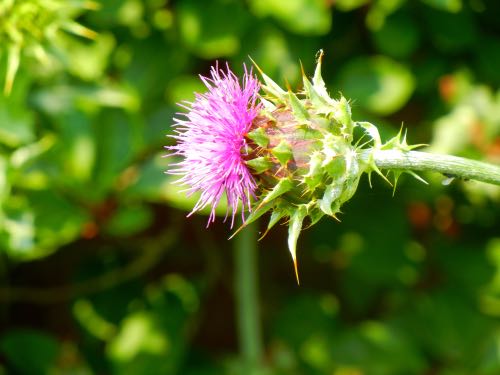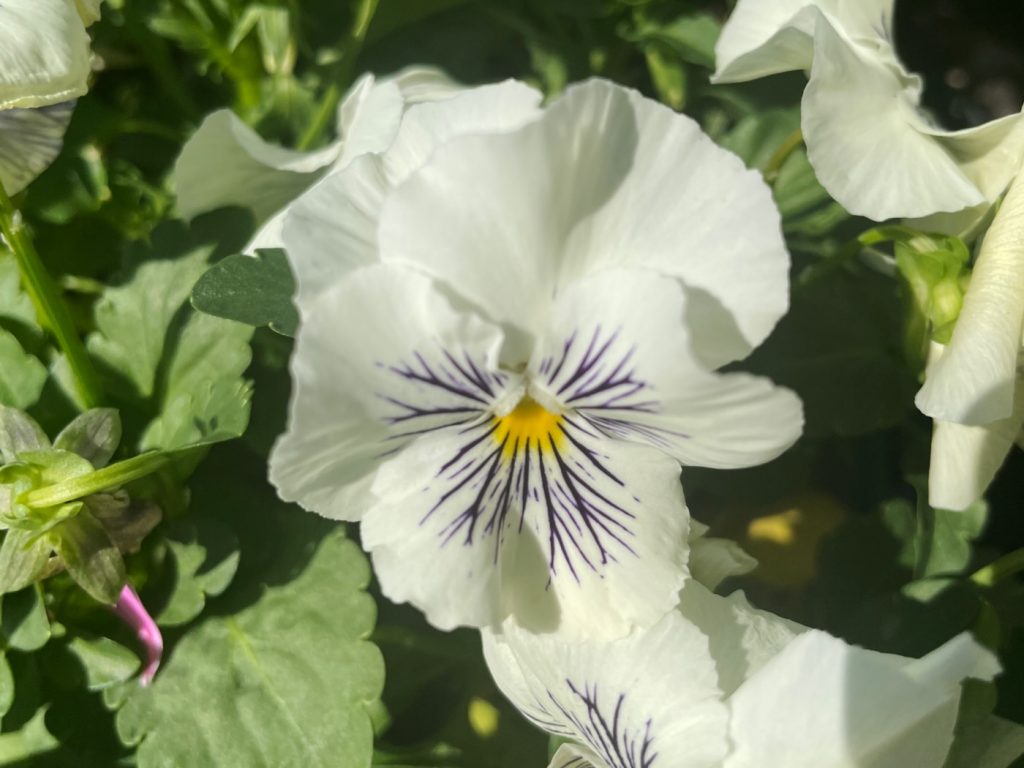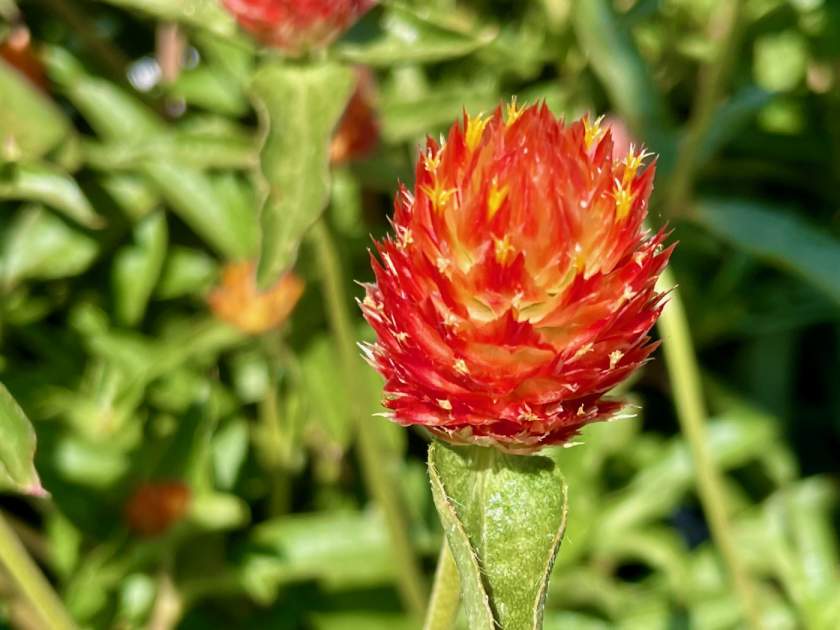Silybum marianum: Exploring the Medicinal Milk Thistle
Introduction and Origins: Silybum marianum, a plant belonging to the Asteraceae family, is an annual or biennial herbaceous species. Its native range extends from Southern Europe to Asia. It is recognized by various names, including Cardus marinas, Saint Mary’s Thistle, Blessed Milk Thistle, Milk Thistle, Marian Thistle, Mediterranean Milk Thistle, Scotch Thistle, or Variegated Thistle. This robust plant has the potential to reach heights of up to 2 meters (79 inches) and boasts medium green leaves that are oblong to lanceolate, lobate, or pinnate, and spiny in nature, giving it a distinctly thorny appearance.
Cultivation Guidelines for Silybum marianum:
Light and Soil Requirements: For successful cultivation, provide Silybum marianum with full sun exposure. This hardy plant thrives in poor to normal, well-drained soil conditions. Optimal soil quality ensures healthy growth and development.
Propagation and Maintenance: Silybum marianum is propagated through seeds, making it a relatively straightforward plant to cultivate. Once established, it requires minimal pruning, typically none at all. The plant’s natural form and structure are generally preferred, enhancing its overall aesthetic appeal. Furthermore, Silybum marianum demonstrates remarkable resistance to pests and diseases, reducing the need for extensive maintenance.
Floral Display and Medicinal Uses: During the summer months, Silybum marianum produces striking purple flowers, reaching a size of approximately 10 centimeters (4 inches) at most. However, it is not solely admired for its ornamental value. Milk Thistle, or Silybum marianum, has a rich history of medicinal use. Ongoing research investigates its potential applications in liver disease and cancer treatment. The plant’s seeds, specifically, contain bioactive compounds that are of interest to researchers and healthcare professionals.
Cautions and Toxicity:
It is important to note that Silybum marianum can be toxic to cattle and sheep if ingested. Exercise caution when considering its presence in areas frequented by livestock.
Delve into the world of Silybum marianum, also known as Milk Thistle, and appreciate its captivating features. Embrace its preference for full sun exposure and well-drained soil, allowing it to flourish and manifest its unique beauty. Discover the ease of propagating this species through its abundant seeds, requiring minimal maintenance once established.
Marvel at the vibrant purple flowers that grace this plant during the summer season, while recognizing its potential as a medicinal herb. Engage with ongoing research exploring the benefits of Silybum marianum in liver disease and cancer treatment. Adhere to the necessary precautions in areas where livestock may come into contact with this plant’s potentially toxic properties. Unlock the potential of Silybum marianum, a versatile and remarkable member of the Asteraceae family.





